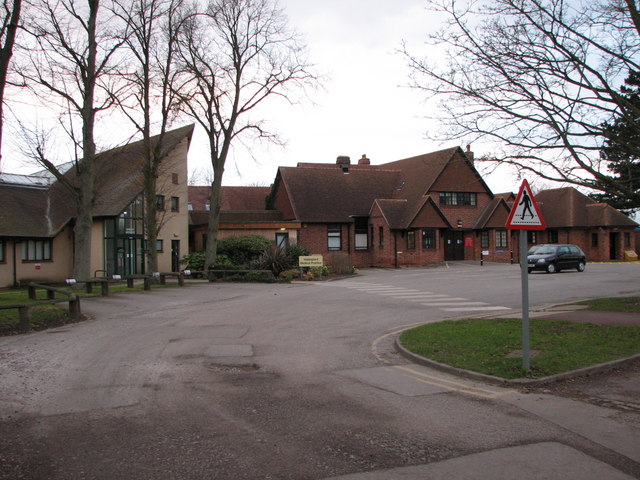GP Work Experience
This is Wallingford Medical practice. It's a building on the side of a small stream in a town just a few miles from a train station which is two stops from my station. To the right of the picture, there's a community hospital, including a maternity ward. My week's work experience was spent mainly in the consultation rooms, but I did get to see the hospital too; thanks to everyone's hospitality, I managed to see pretty much everything.
Work starts early in GP practices; I knew that already in theory, but the reality is coffee and morning discipline. Which I actually enjoyed - getting up to do something you are really looking forward to is a great feeling.
One difference between salary doctors and partners is that partners have to work the hours to finish the work, and salary doctors only have to work the hours they're paid. I was shadowing a partner, so I was in bright and early, and was allowed to sit in on the practice meeting. Practice meetings are great at showing the business side of the general practice, something that is not so prevalent in other areas of the NHS, and it gave me an insight into how everyone worked as a team, despite spending most of their days shut off from each other in their rooms. The other thing I gleaned from the meetings was that no matter how many years you've been a doctor, there's always more to learn. In the practice meeting, two doctors were asking for study leave to go on different courses to learn about more in fields they're interested in, and in another meeting, a consultant physiotherapist came and talked about what she did and how GPs can help (when to refer, what to expect etc.).
Each day is split into morning surgery, then coffee, then visits, then lunch (meetings and paperwork), then afternoon surgery. There is also ward rounds of the hospital (which I got to shadow on the last day) in the morning, to check up on patients in the wards and reissue any drugs that needed a new prescription for.
It's hard to pick a favourite part of GP work, because each patient is so different that it's difficult to generalise. I'll probably post one or two of the cases I thought were the most interesting as individual blog posts, but the thing I noticed the most, in visits and in consultations, and in the hospital, was how much the atmosphere was moulded around the patient. Every person was different - an excited visit from an expecting young mum, a calm talk about testicles with a nervous teenage boy, a veeeerryy sloowww conversation with a depressed woman - I could go on.
The relationship with the doctor is also different each time, and that's one of the challenges of general practice, I think, because you don't only have to have gone through umpteen years of medical training and have the responsibility of looking after all of your patients, but also you have to be able to communicate with whoever walks through that door. Communication is different to making friends with, as well. In a lot of cases, it would be easy to let the patient tell you what they think is wrong with them and exactly what drugs they want, write a prescription, and let them go. But often, that's not what's needed, and it can be hard to tell someone that they need nothing at all, or a different treatment, or tests. Cooperation is important, and the needs of the patient come first, but a confident, misinformed person could be more of a danger to themselves than the disease they have.
I'll post more about GP work later, but this post is long enough. Bite sized work experience!
